At its façade, the mosaic embellishing the SunRise Building, a residential complex in Alberta, Canada, may seem to serve as decor.
However, blended within the mosaic and vibrant artistry are building-integrated photovoltaics (BIPV), which set a Guinness World Record for the largest solar panel mural. The solar installation is an extension of the building’s 85-foot-tall mural, a tribute to First Nations and Chinese Cultures by local Indigenous artist Lance Cardinal.

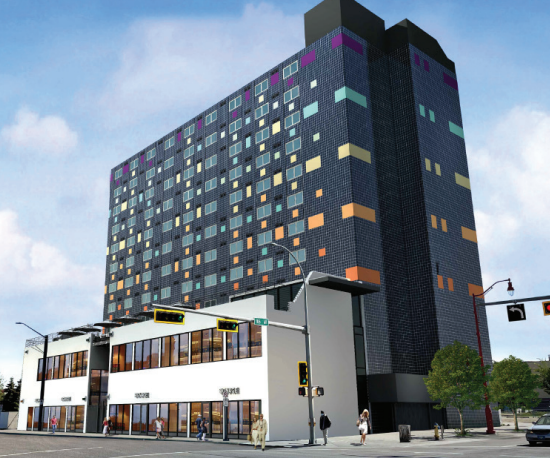 |
The SunRise project was a collaboration between Toronto-based BIPV manufacturer Mitrex, Avenue Living Asset Management, MBC Group and Chandos Construction.
The project spans 34,500 square feet and provides 267 kW of solar capacity to power the building’s common areas.
Prior to the installation, the 1970-constructed building was situated in a prime location but was underutilized in the rental market because it needed extensive renovations. Rather than demolishing the building, Avenue Living said it chose to upgrade the building with environmentally-minded upgrades, a more ethical approach that can often attract investors looking for opportunities with social benefits.
Canada’s Deep Retrofit Accelerator Initiative provides funding to projects that facilitate the development of deep retrofits in mid- and high-rise multi-unit residential buildings.
Initially, Avenue Living considered a design that incorporated a mural, colored panels and a 60 kW system on the building’s south facade. A 60 kW system, however, was inadequate for the 12-story building if Avenue Living wanted to secure funding from Canada’s retrofit program without sacrificing its aesthetic vision. The building needed to achieve at least 50% decarbonization to secure the retrofit program’s funding.
To do this, Mitrex introduced a BIPV retrofit, adorned with a custom-image from artist Lance Cardinal.
(See also: Art brings energy storage to life)
Behind the artwork is a sturdy aluminum honeycomb core coupled with solar cells. The system uses an integrated rainscreen system that encompasses an air and moisture barrier, continuous insulation, versatile sub-framing systems and multi-faced cladding.
The project used standard, industry-compatible building façade installation systems that enabled integration into existing construction workflows. Doing so eliminates the need for specialized installation methods, Mitrex said, which in turn reduces the costs and complexity of the project.
After conducting an analysis, Mitrex refined the color selection, ensuring the panels would maintain solar efficiency while preserving the facade’s integrity and functionality. Mitrex said it conducted a full budgetary assessment, energy analysis and modelling, and sample color analyses to ensure both performance and cost-effectiveness for the project.
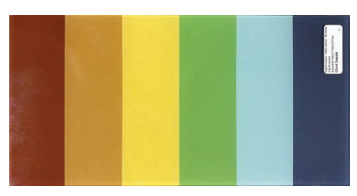
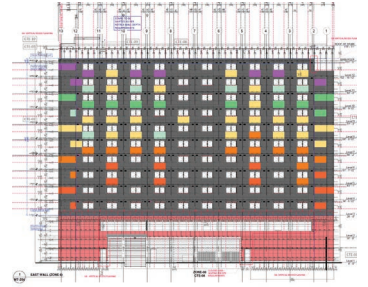 |
By using the BIPV façade instead of replacing the building’s fiber cement siding, Mitrex said the project has a four-year return of investment.
Ultimately, Mitrex said it exceeded the project’s original goal to meet 50% of its energy needs.
Mitrex said the Sunrise project saves about $80,000 annually in energy costs starting from year five, which is the equivalent to the building’s monthly revenue of an additional seven residential units.
In 2022, Mitrex collaborated with noise barrier manufacturers to create photovoltaic highway noise barriers.
“Partnerships like these allow us to decentralize energy and change the way we power our cities,” Mitrex CEO Danial Hadizadeh said at the time.
(Also read: Cornell researchers bring art and science to flexible solar ‘skin’ & Solar on a parking structure adds a Scandinavian design flair)
This content is protected by copyright and may not be reused. If you want to cooperate with us and would like to reuse some of our content, please contact: editors@pv-magazine.com.
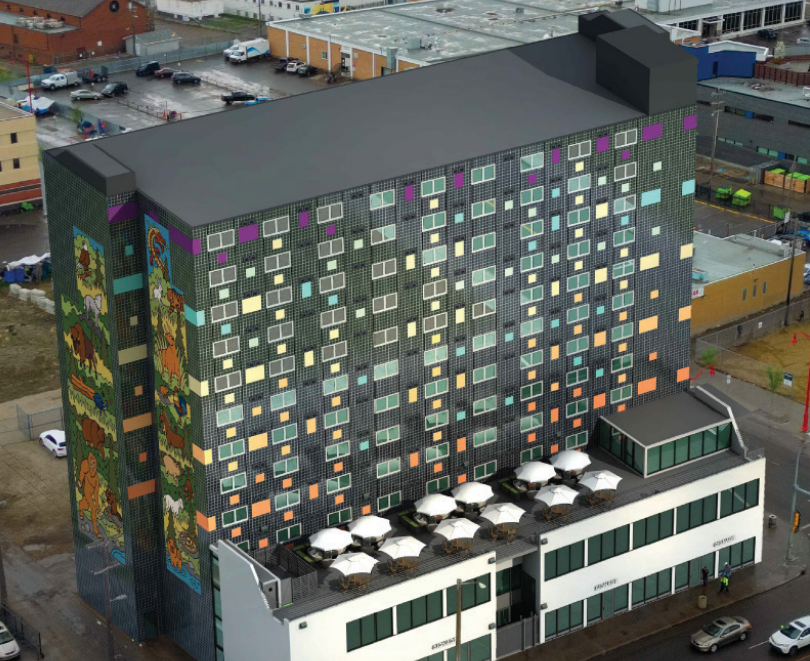
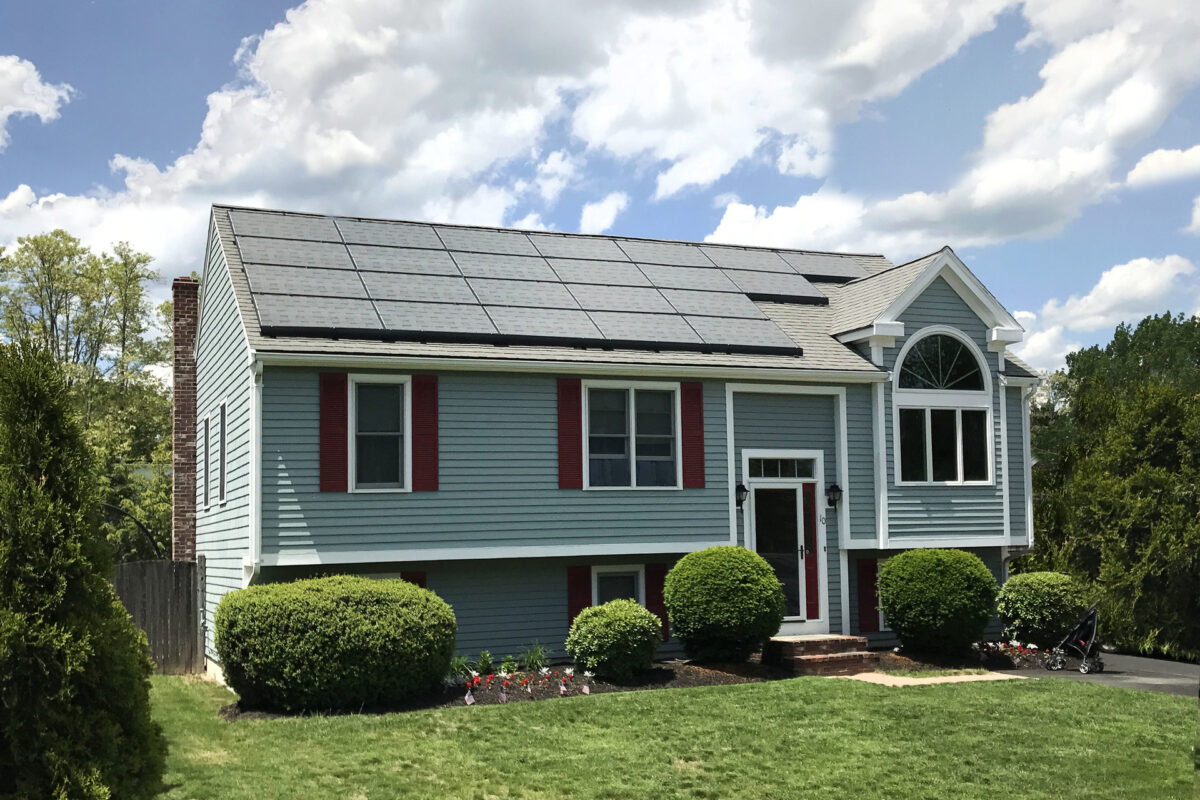



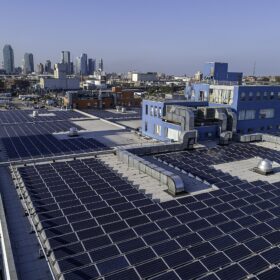
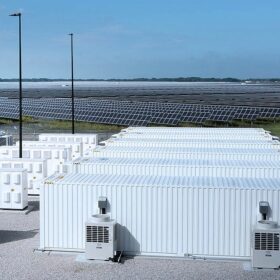
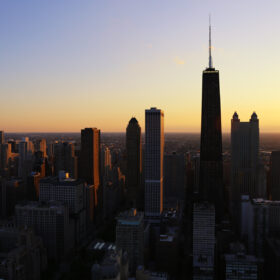
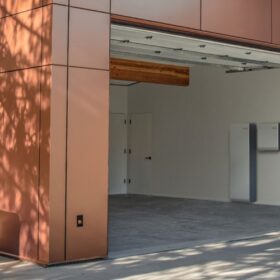
By submitting this form you agree to pv magazine using your data for the purposes of publishing your comment.
Your personal data will only be disclosed or otherwise transmitted to third parties for the purposes of spam filtering or if this is necessary for technical maintenance of the website. Any other transfer to third parties will not take place unless this is justified on the basis of applicable data protection regulations or if pv magazine is legally obliged to do so.
You may revoke this consent at any time with effect for the future, in which case your personal data will be deleted immediately. Otherwise, your data will be deleted if pv magazine has processed your request or the purpose of data storage is fulfilled.
Further information on data privacy can be found in our Data Protection Policy.